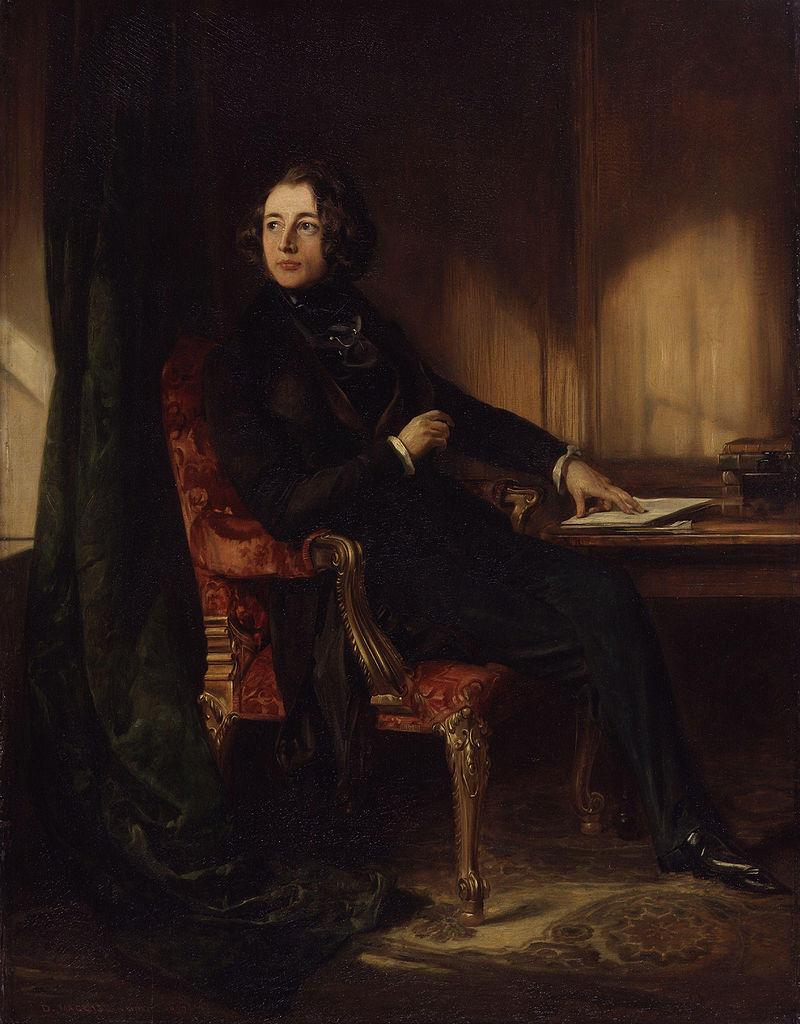The Victorian Era spanned almost an entire century and was uniquely marked from previous periods by the invention of the steam-powered printing press in 1811 and the invention of the photograph in 1839 which news media used to circulate information on art, cartoons, and other forms of visual media to the general public without the need to travel great distances to museums and other cultural locations for cultural edification. The Victorian Era started with what artincontext labelled as the Romantic Period which signified a “break from the severity” of previous forms of Classicism found in the past century to an “emotionally charged” form of art that focused not the strict forms of the Classic Period but on the power art has to portray emotion through visual media. The Victorian Era ended with the Realist Movement. The Realists broke away from the imagined flawlessness of the Romantic Period to focus intimately on all the details that make up a figure—both the good and the bad, the beautiful and the ugly. This post contains scans of two works from either end of the Victorian Era, and I will be analyzing both and explaining the different approaches each takes that identify them as particularly representative of their respective artistic periods.
The first image is a portrait of a highly influential figure both in Victorian Literature and in other art forms. Daniel Maclise’s Charles Dickens is a reflective portrait of a man at his desk, pen in hand and looking out the lighted window that fully illuminates his face while the rest of his body faces his work. He’s dressed in a fine dinner jacket with shined shoes the gleam under the darkened tones of his elegant chair and carpet. The painting is reminiscent of the Romantic Period because it portrays Dickens in a very flawless light. There is not a blemish or inconsistency in the portrait, and it shows him to be a very upright and well-to-do man. By the Classical Period, this style would change drastically with flaws not ignored but accentuated.
The second piece comes from an artist called Harry Furniss who used a far less elegant medium for his portrait of Charles Dickens. The piece is called Charles Dickens and features the artist languishing on a couch with what appears to be a man beating another person of undeterminable gender either in the background or in his memory. The piece does away with the fallacy that art should erase the turmoil and of the subject and cover up the problematic nature of the subject’s life. It suggests something rotting in Dickens’s psyche and smartly posits that art can be used not only to bring a person’s character and sensibilities to life but also to publish the anger and evil that resides in them as well.
Works Cited
artincontext. Art Periods – A Detailed Look at the Art History Timeline. 15 September 2021. Website. 1 December 2021.
Furniss, Harry. Charles Dickens. Pen and ink.
Maclise, Daniel. Charles Dickens. Oil and Canvas.



